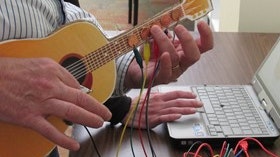Homepage
•
Learning Library
•
Blog
•
Create your own mobile makerspace
Expand breadcrumbs
Expand breadcrumbs
- Learning Library
- Blog
- Create your own mobile makerspace
- Homepage
- •
- Learning Library
- •
- Blog
- •
- Create your own mobile makerspace
Create your own mobile makerspace
By Team ISTE
February 25, 2015








